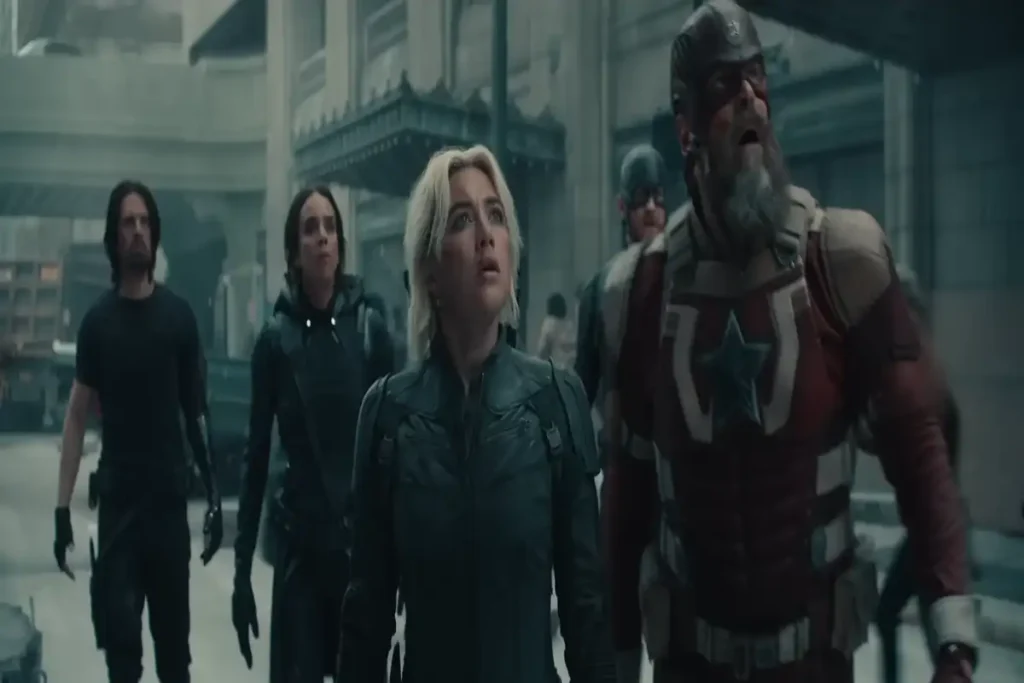When True Detective premiered on HBO in 2014, it arrived not as an ongoing drama series but as an eight-episode mini-series. This initially compact, self-contained storytelling approach allowed the show to deliver a powerfully cinematic experience in its first season. However, the subsequent seasons have struggled to recapture that same magic.
How Did the First Season of True Detective Capture Lightning in a Bottle?

The first installment of True Detective unfolded as a complex nonlinear narrative, focusing on Louisiana detectives Rust Cohle and Marty Hart as they re-investigated a 1995 murder in 2012. Matthew McConaughey and Woody Harrelson delivered tour de force performances as the troubled detectives haunted by their past.
Creator Nic Pizzolatto conceived True Detective as a novel before realizing its story would work better as a TV show. Under the direction of Cary Fukunaga, the eight episodes were shot on location in Louisiana and played out with the momentum of an addictive, fast-paced crime film.
Many critics and fans believe McConaughey’s intense turn as Rust Cohle directly contributed to his Oscar win for Dallas Buyers Club. The universally acclaimed first season became an awards season darling and one of 2014’s most talked-about dramas.
How Did Subsequent Seasons Fall Short of the First Installment’s Acclaim?

While True Detective’s anthology format allows each season to feature a new story and cast, this structure has proved challenging. Season two attempted to recapture the magic with a sprawling L.A. noir focused on three mismatched detectives played by Colin Farrell, Rachel McAdams, and Vince Vaughn.
But as critics pointed out, these characters lacked the psychological darkness that made Cohle and Hart so compelling. The convoluted plot involving transportation corruption also failed to intrigue like the original story. As one review stated, “In its second season, True Detective has squandered the lesson of McConaughey’s great performance: that if you present your characters without an emotional safety net, and establish that anything can happen, the audience will gladly fall right with them into the abyss.”
Season three, starring Mahershala Ali, fared slightly better but still could not escape the long shadow cast by that first stellar installment.
Does the Limited Initial Run Explain True Detective’s Decline?

By constructing the first season as a self-contained mini-series, True Detective benefitted tremendously. The truncated eight-episode arc allowed for tight storytelling and maximum cinematic flair. As critics noted, it played out with the urgency of an addictive movie rather than a typical sprawling TV drama.
In opting to continue the show for additional seasons, HBO may have inadvertently disrupted this winning formula. The anthology format restricts each season’s ability to build on what came before. And the pressure to match the heights of season one has proved difficult for subsequent showrunners and casts to overcome.
Perhaps if True Detective had remained a limited mini-series, it would have preserved the magic of that initial run. Unfortunately, the show’s evolution into an ongoing anthology has led to diminishing returns, unable to recapture the lightning that first struck in 2014.
















